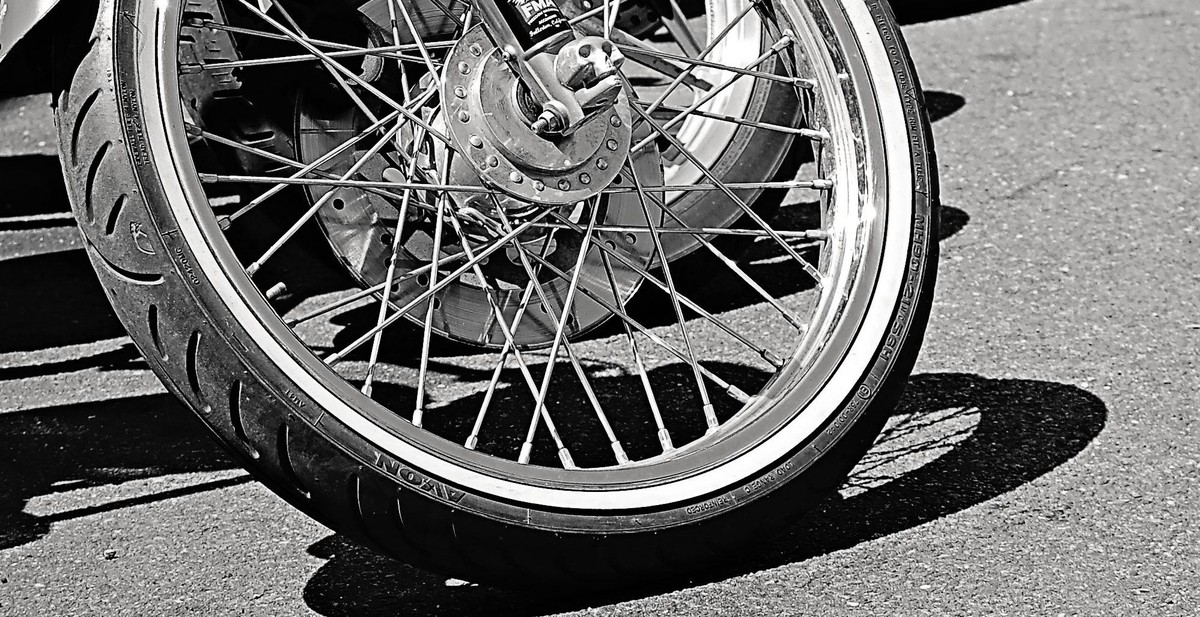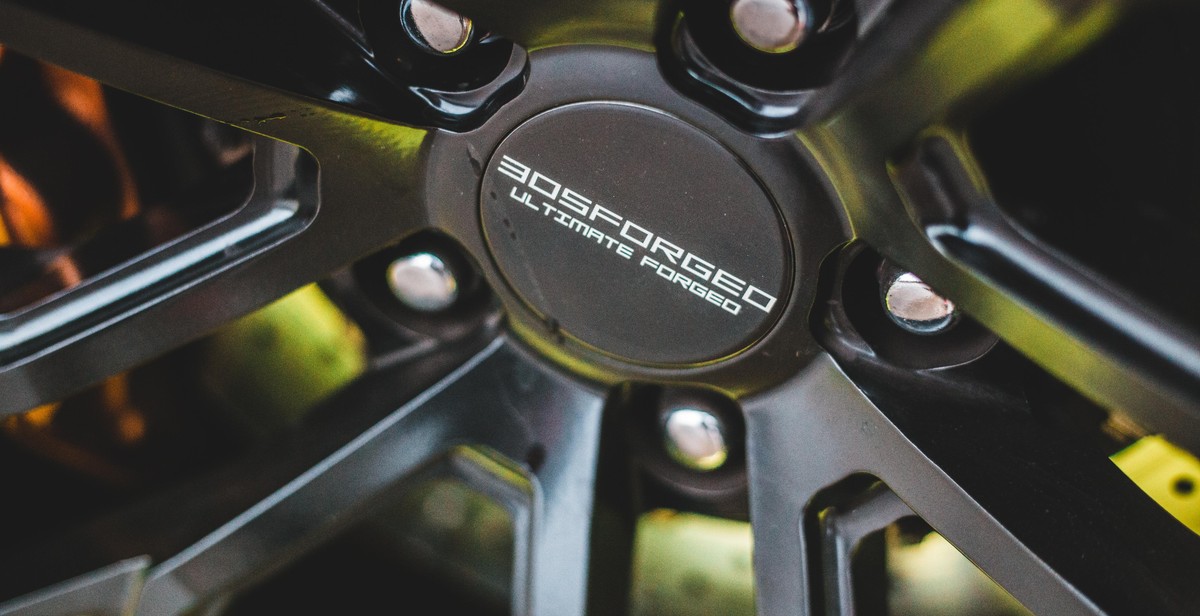How to Replace Brake Pads and Rotors on Your Car – A Step by Step Guide
Brake pads and rotors are crucial components of your car’s braking system that require regular maintenance and replacement. Over time, these parts wear out and can compromise your vehicle’s safety on the road. Replacing brake pads and rotors is a relatively easy task that you can do yourself, saving you money on costly repairs and replacements.
Tools and Materials Needed
Before you begin, you will need the following tools and materials:
- New brake pads and rotors
- Socket wrench
- Caliper tool
- C-clamp
- Brake cleaner
- Grease
- Shop rag
Step-by-Step Guide
Follow these steps to replace your car’s brake pads and rotors:
- Remove the wheel and locate the brake caliper
- Remove the brake pads and caliper bracket
- Remove the rotor
- Clean the brake assembly
- Install the new rotor
- Install the new brake pads and caliper bracket
- Reinstall the wheel
By following these steps, you can replace your car’s brake pads and rotors and ensure that your vehicle is safe and roadworthy. Remember to always consult your car’s manual and follow all safety precautions when working on your vehicle.

What You Will Need
Before you start replacing your brake pads and rotors, you will need to gather the necessary tools and parts. Here is a list of what you will need:
Tools
- Jack and jack stands
- Lug wrench
- C-clamp
- Socket wrench set
- Brake caliper tool
- Brake cleaner spray
- Wire brush
- Torque wrench
Parts
The parts you will need will depend on your specific vehicle make and model. Here are the basic parts you will need:
| Parts | Quantity |
|---|---|
| Brake pads | 2 sets (one for each wheel) |
| Rotors | 2 (one for each wheel) |
| Brake fluid | 1 bottle |
It is important to note that you should always use high-quality parts from a reputable manufacturer to ensure the safety and longevity of your vehicle’s braking system.

Step 1: Prepare Your Car
Replacing brake pads and rotors on your car requires proper preparation to ensure a safe and successful repair. Follow these steps to prepare your car:
Secure Your Car
Before beginning any work on your car, make sure it is parked on a level surface and the emergency brake is engaged. For added safety, use wheel chocks to prevent the car from rolling. If you have access to a car lift or jack stands, use them to lift the car off the ground and provide ample working space. Make sure the car is stable and secure before proceeding.
Remove the Wheel
Once your car is securely in place, begin by removing the wheel on the side where you will be replacing the brake pads and rotors. Use a lug wrench to loosen the lug nuts before lifting the car with a jack. Once the car is lifted, use a socket wrench to remove the lug nuts and take off the wheel. Set the wheel aside in a safe place.
- Make sure to keep track of the lug nuts and any other small parts that are removed during this process.
- Consider using a lug nut wrench or torque wrench to ensure the lug nuts are tightened to the correct specifications when reinstalling the wheel.
With the wheel removed, you will have access to the brake caliper and rotor. Before proceeding with the replacement, inspect the brake components for any signs of damage or wear. If you notice any issues, it may be necessary to replace additional parts or seek professional assistance.
| Tools Needed: | – Lug Wrench | – Socket Wrench | – Car Lift or Jack Stands (optional) | – Wheel Chocks (optional) |
|---|
By properly preparing your car, you can ensure a safe and successful brake pad and rotor replacement. Follow these steps to get started.

Step 2: Remove Old Brake Pads and Rotors
Now that you have gathered all the necessary tools, it’s time to start removing the old brake pads and rotors from your car. Follow these steps:
1. Remove the Brake Caliper
The brake caliper is the part that holds the brake pads in place. Start by removing the two bolts that hold the caliper in place. You may need a socket wrench or a torque wrench to do this. Once the bolts are removed, carefully lift the caliper off the rotor. Be careful not to damage the brake line when removing the caliper.
2. Remove Old Brake Pads
The old brake pads should now be exposed. Carefully remove them from the caliper. You may need to use a screwdriver or pliers to do this. Be careful not to damage the brake caliper or the rotor when removing the pads.
3. Remove Rotor
Now that the old brake pads are removed, it’s time to remove the rotor. The rotor is held in place by a few bolts. Use a socket wrench to remove these bolts. Once the bolts are removed, carefully lift the rotor off the wheel hub. If the rotor is stuck, you may need to use a rubber mallet to loosen it.
Once the rotor is removed, inspect it for any signs of damage or wear. If it’s in good condition, you can reuse it. If it’s damaged or worn, you’ll need to replace it with a new one.
Now that you have removed the old brake pads and rotors, you can move on to the next step of the brake replacement process.

Step 3: Install New Brake Pads and Rotors
Once you have removed the old brake pads and rotors, it is time to install the new ones. Follow these steps:
Install New Rotor
Start by placing the new rotor onto the wheel hub. The rotor should fit snugly onto the hub. If it does not fit properly, you may need to clean the hub with a wire brush or sandpaper. Once the rotor is in place, use the lug nuts to hold it in place temporarily.
Install New Brake Pads
Next, install the new brake pads. Apply a thin layer of brake grease to the back of each pad to help reduce noise and vibration. Then, slide the pads into the caliper bracket. Make sure that the pads are seated properly and that the clips are in place to hold them in position.
Reinstall Brake Caliper
Now, it is time to reinstall the brake caliper. Use the bolts that you removed earlier to secure the caliper back onto the bracket. Tighten the bolts to the torque specifications listed in your owner’s manual. Once the caliper is in place, you can remove the lug nuts that were holding the rotor in place.
Repeat these steps for the other side of the car. Once both sides are complete, you can move on to the final step of the brake pad and rotor replacement process.

Step 4: Test Your Brakes
After successfully replacing your brake pads and rotors, it’s important to test your brakes to ensure they are working properly. Below are the steps to take:
1. Check Brake Fluid Level
Before testing your brakes, check the brake fluid level in the master cylinder reservoir. If the level is low, add brake fluid to the appropriate level. Refer to your vehicle’s owner’s manual for the correct type of brake fluid to use.
2. Find a Safe Place to Test Your Brakes
Find a safe location to test your brakes, such as an empty parking lot or quiet street. Make sure there are no obstacles or other vehicles in the way.
3. Test Your Brakes
Start by testing your brakes at a low speed. Press the brake pedal firmly and make sure the car comes to a complete stop in a straight line. Repeat this several times to make sure the brakes are functioning correctly.
Next, test your brakes at a higher speed. Drive at a safe speed and then press the brake pedal firmly. Make sure the car comes to a complete stop in a straight line without pulling to one side.
4. Listen and Feel for Any Issues
While testing your brakes, listen for any unusual noises or vibrations. If you hear any grinding or squeaking, it could indicate an issue with your new brake pads or rotors. If you feel any vibrations or pulsations through the brake pedal, it could indicate an issue with your brake system.
5. Take Your Car for a Test Drive
Once you have tested your brakes, take your car for a test drive on the road. Start by driving at a low speed and then gradually increase your speed. Make sure the brakes are working properly and the car is stopping smoothly and in a straight line.
By following these steps, you can ensure your new brake pads and rotors are working properly and your car is safe to drive.

Conclusion
Replacing brake pads and rotors on your car is not an easy task, but it can be done with the right tools and knowledge. By following the steps outlined in this guide, you can save yourself a considerable amount of money by doing it yourself. However, it is important to remember that safety should always be your top priority, so if you are not confident in your abilities or do not have the necessary tools, it is best to leave it to the professionals.
Tips for Success
- Always use high-quality parts
- Follow the manufacturer’s instructions carefully
- Be patient and take your time
- Use the right tools for the job
- Double-check your work before driving your car
Final Thoughts
Replacing brake pads and rotors on your car is a great way to save money and learn more about your vehicle. With the right tools and knowledge, you can complete this task in a few hours and have your car running smoothly again. Remember to always prioritize safety and take your time to ensure that the job is done correctly. Happy DIY-ing!
| Disclaimer: | The information provided in this article is for educational purposes only and is not intended to be a substitute for professional advice. Always consult a certified mechanic before attempting any repairs on your vehicle. |
